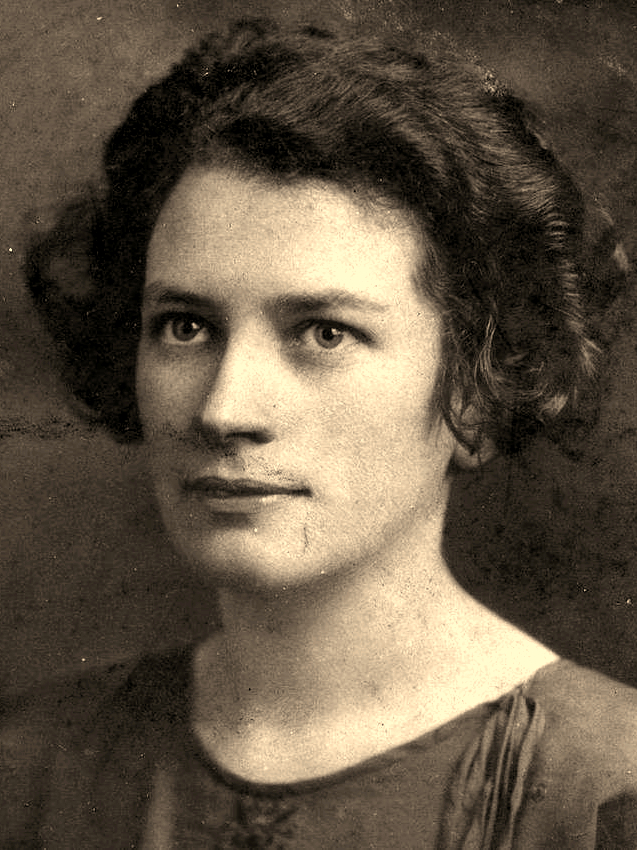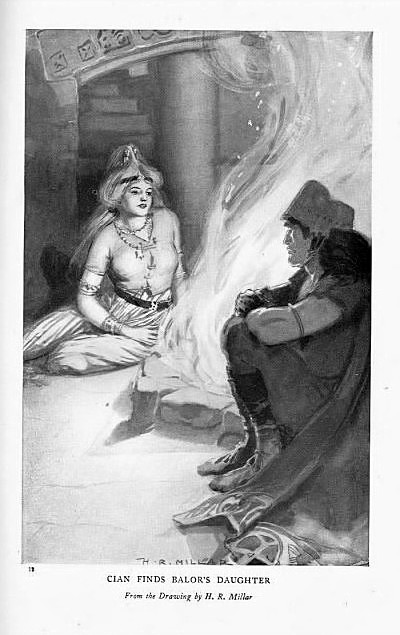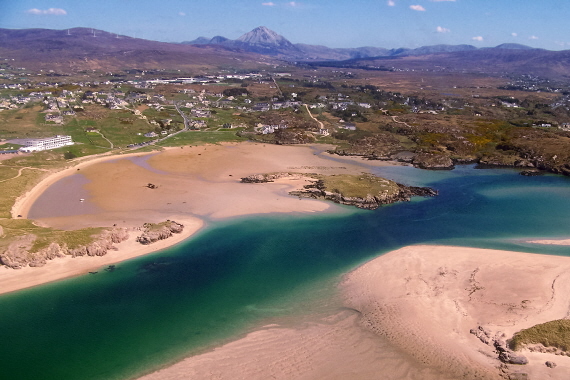|
Eithne
Eithne is a female personal name of Irish origin, meaning "kernel" or "grain". Other spellings and earlier forms include Ethnea, Ethlend, Ethnen, Ethlenn, Ethnenn, Eithene, Ethne, Aithne, Enya, Ena, Edna, Etney, Eithnenn, Eithlenn, Eithna, Ethni, Edlend, Edlenn. The name is popular in Ireland, and is borne by a variety of historical and legendary figures. Ancient * Ethniu, daughter of Balor and mother of Lug in Irish mythology * Eithne and Sodelb, Leinster saints * Eithne, daughter of the king of Alba, wife of the High King Fiacha Finnfolaidh and mother of Tuathal Teachtmhar * Eithne, the mother of Saint Columba * Eithne Tháebfhota, third wife of Conn Cétchathach Modern * Eithne Coyle, Irish republican activist * Eithne Farry, former literary editor of ''Elle'' * Eithne Fitzgerald, Irish economist and former Labour Party politician * Eithne Hannigan, Irish musician and actress who played one of five Dots in the children's TV show ''Playbus'' (later ''Playdays'') * Eithne ... [...More Info...] [...Related Items...] OR: [Wikipedia] [Google] [Baidu] |
Eithne Ní Uallacháin
Eithne Ní Uallacháin (; 1 January 1957 – 19 May 1999) was an Irish people, Irish singer, songwriter, and former teacherOidhreacht Eithne a Ceiliúradh ar albam nua at Tuairisc.ie from County Louth, Ireland. Early life Eithne was born in an Irish language, Irish-speaking household to Pádraig Ó hUallacháin (1912-1974) and Eithne Bean Uí Uallacháin (née Ní Dhoibhlín).Eithne Ní Uallacháinentry on Ancestry.co.uk, Ancestry.com Her father, a teacher, writer and song collector published older songs from the Kingdom of Oriel, Oriel area in local publications, and en ... [...More Info...] [...Related Items...] OR: [Wikipedia] [Google] [Baidu] |
LÉ Eithne (P31)
LÉ ''Eithne'' (P31) was a patrol vessel in service with the Irish Naval Service. The ship is named after Eithne, a tragic heroine and the daughter of the one-eyed Fomorian King, Balor in an early Irish romantic tale. ''Eithne'' was the flagship of the Irish Naval Service. ''Eithne'' was originally built as a Helicopter Patrol Vessel for long-range fisheries patrol vessel, intended to be at sea for up to 30 days. She is the only ship in her class, as the other planned members of the ''Eithne''-class were never built. Design ''Eithne'' was designed to carry a SA365F Dauphin helicopter, and was the only ship in the Irish Naval Service fleet to have a flight deck. Helicopter operations were limited primarily to the vessel's early years of service. These operations stopped in later years, due in part to the purchase of CASA CN235-100MP Persuader Maritime Patrol Aircraft and decommissioning of the Dauphin helicopters. The vessel was fitted with retractable fin stabilisers to ... [...More Info...] [...Related Items...] OR: [Wikipedia] [Google] [Baidu] |
Eithne Coyle
, occupation = Political Activist , spouse = Bernard O'Donnell , office = President of Cumann na mBan , term_start = 1926 , term_end = 1941 , predecessor = Constance Markievicz , successor = Margaret Langsdorf , battles = Irish War of IndependenceIrish Civil War , branch = Cumann na mBan Eithne Coyle (1897–1985; ga, Eithne Ni Cumhaill) was an Irish republican activist. She was a leading figure within Cumann na mBan and a member of the Gaelic League.Cal McCarthy, ''Cumann na mBan and the Irish Revolution'', The Collins Press, 2007, p. 125 However, her role in the period now known as 'revolutionary Ireland' (c1912-c1924) was more extensive than her membership of these two groups indicates. A letter from Peader O'Donnell dated 19 April 1945 in support of her application for a military service application noted she was targeted severely during the Irish Civil War by the Irish Free State forces who 'regarded her more as an IRA ... [...More Info...] [...Related Items...] OR: [Wikipedia] [Google] [Baidu] |
Ethniu
In Irish mythology, Ethniu (), or Eithne (Modern Irish pronunciation: ) in modern spelling, is the daughter of the Fomorian leader Balor, and the mother of Lugh. She is also referred to as Ethliu (modern Eithle), Eithlionn (genitive; modern Eithleann), and Ethlinn (dative; modern Eithlinn). Name Ethniu is a fine example of the difficulty of conducting research into Irish mythology. Her oldest version of her name is probably Ethliu or Ethniu, giving rise to the modern Irish name Eithne. However thanks to changes in the Irish language, the lack of standardised spelling for many centuries, and attempts to anglicise the name, variations have arisen. Linguistic ignorance has further confused the issue: the genitive form of ''Ethniu'' is ''Ethnenn'' (modern ''Eithneann'') and the genitive of ''Ethliu'' is ''Ethlenn/Ethlinn'' (modern ''Eithleann/Eithlinn''), as in ''mac Ethlenn'' ("Ethliu's son"). This genitive has often been taken for a nominative, or a mistaken nominative has been in ... [...More Info...] [...Related Items...] OR: [Wikipedia] [Google] [Baidu] |
Eithne And Sodelb
Eithne and her sister Sodelb are two relatively obscure Irish saints from Leinster who are supposed to have flourished in the 5th century. They are commemorated together in the Irish martyrologies on 29 March, though 2 and 15 January were also marked out as feast-days. The 17th-century scholar John Colgan believed that a ''Life'' written for them had been witnessed in ''c''. 1490 by Cathal Óg Mac Maghnusa (d. 1498), whom he regarded as the author of additions to the ''Félire Óengusso'' (see below). Although nothing of the kind has come to light, they do make cameo appearances in the ''Lives'' of two better known 6/7th-century saints, Áedan and Moling, both bishops of Ferns. Ever since their first appearances in the two earliest Irish martyrologies, the ''Martyrology of Tallaght'' and '' Félire Óengusso'' (early 8th century), the sisters are typically referred to as the daughters of Baite or Baithe. They appear anonymously by that description in the ''Félire Óengusso'', wh ... [...More Info...] [...Related Items...] OR: [Wikipedia] [Google] [Baidu] |
Enya
Enya Patricia Brennan (; ga, Eithne Pádraigín Ní Bhraonáin; born 17 May 1961), known professionally by the mononym Enya, is an Irish singer, songwriter, and musician known for modern Celtic music. She is the best-selling Irish solo artist in history and the second-best-selling overall artist in Ireland after U2. Born into a musical family and raised in the Irish-speaking area of Gweedore, County Donegal, Enya began her music career in 1980 when she joined her family's Celtic folk band, Clannad, playing keyboards and singing. She left the group in 1982 to pursue a solo career with Clannad's manager and producer Nicky Ryan and Ryan's wife Roma Ryan as her lyricist. Over the following four years, Enya began to develop her sound with multitracked vocals and keyboards containing elements of Celtic, classical, church, new age, world, pop, and Irish folk music. Enya's first projects as a solo artist included soundtrack work for ''The Frog Prince'' (1984) and the 1986 BBC doc ... [...More Info...] [...Related Items...] OR: [Wikipedia] [Google] [Baidu] |
Eithne Tháebfhota
Eithne Tháebfhota ("of the Long Side") was one of the daughters of the king Cathaír Mór. According to the Irish mythology, she was described as the queen of two kings of different generations. Queen of Ireland In most Old Irish writing, she is the wife of Conn Cétchathach. Her marriage was thought beneficial to the kingdom ; until her death the fields gave three harvests a year, showing that she was a form of the goddess of Sovereignty. Esnada Tige Buchet In ''The Melodies of Buchet's House'', Eithne was in fosterage to Buchet when her numerous brothers came and stole his cattleherds. Buchet forced to leave his house, with his wife and Eithne. They lived in a small hut, at the forest of Kells, when she met her future husband, Cormac mac Airt, Conn's grandson. She spends a night with him, to conceive Cairbre Lifechair Cairbre Lifechair ("lover of the Liffey"), son of Cormac mac Airt, was, according to medieval Irish legend and historical tradition, a High King of Ireland. ... [...More Info...] [...Related Items...] OR: [Wikipedia] [Google] [Baidu] |
List Of Irish-language Given Names
This list of Irish-language given names shows Irish language (''Gaeilge'') given names and Anglicized or Latinized forms, with English equivalents. Some English-language names derive directly from the Irish: Kathleen = Caitlín, Shaun = Seán. Some Irish-language names derive or are adapted from the English-language: Éamon = Edmund or Edward. Some Irish-language names have direct English equivalents deriving from a common name in Ireland. Máire, Maura and Mary derive from the French "Marie" and the Hebrew "Mary". Maureen = Máirín, a diminutive. Some Irish names have apparent equivalents in other languages, but they are not etymologically related. Áine (meaning "brightness" or "radiance") is accepted as Anna and Anne (Áine was the name of an Irish Celtic goddess). Some Irish given names may have no equivalent in English (being simply spelt phonetically in an Anglo-Roman way). During the " Irish revival", some Irish names which had fallen out of use were revived. Some names a ... [...More Info...] [...Related Items...] OR: [Wikipedia] [Google] [Baidu] |
Eithne Farry
Eithne Farry is the former literary editor of ELLE. She is the author of "Yeah, I Made it Myself". She was a backing singer with Talulah Gosh and has reviewed a book for ''Marie Claire''. Works * ''Yeah, I Made it Myself: DIY Fashion for the Not Very Domestic Goddess''. (2006), W&N. . * ''Lovely Things to Make for Girls of Slender Means''. (2010), W&N. . * Co-author of the ''Encyclopedia of Singles'' with Philip Dodd, Michael Heatley and Martin Noble; Paul Du Noyer as the General Editor. References External links ¡Viva las craftivistas!at ''The Guardian ''The Guardian'' is a British daily newspaper. It was founded in 1821 as ''The Manchester Guardian'', and changed its name in 1959. Along with its sister papers ''The Observer'' and ''The Guardian Weekly'', ''The Guardian'' is part of the Gu ...'', 29 May 2006 The Late Show, BBC Radio London Year of birth missing (living people) Living people British magazine editors British non-fiction writers British rock sing ... [...More Info...] [...Related Items...] OR: [Wikipedia] [Google] [Baidu] |
Conn Cétchathach
Conn Cétchathach (; "of the Hundred Battles"), son of Fedlimid Rechtmar, was a semi-legendary High King of Ireland and the ancestor of the Connachta, and, through his descendant Niall Noígiallach, the Uí Néill dynasties, which dominated Ireland in the early Middle Ages. Literary tradition Early life and accession The ''Annals of the Four Masters'' says that five roads to Tara, which had never been seen before, were discovered on the night of Conn's birth. According to the ''Lebor Gabála Érenn'', he took power after killing his predecessor Cathair Mór. In other sources his predecessor is Dáire Doimthech. The ''Lia Fáil'', the coronation stone at Tara which was said to roar when the rightful king stood on it, roared under Conn for the first time since Cúchulainn split it with his sword when it failed to roar for Lugaid Riab nDerg. In the saga ''Baile in Scáil'' ("The Phantom's Ecstatic Vision"), Conn treads on the stone by accident while walking the ramparts of Tara, i ... [...More Info...] [...Related Items...] OR: [Wikipedia] [Google] [Baidu] |
Saint Columba
Columba or Colmcille; gd, Calum Cille; gv, Colum Keeilley; non, Kolban or at least partly reinterpreted as (7 December 521 – 9 June 597 AD) was an Irish abbot and missionary evangelist credited with spreading Christianity in what is today Scotland at the start of the Hiberno-Scottish mission. He founded the important abbey on Iona, which became a dominant religious and political institution in the region for centuries. He is the patron saint of Derry. He was highly regarded by both the Gaels of Dál Riata and the Picts, and is remembered today as a Catholic saint and one of the Twelve Apostles of Ireland. Columba studied under some of Ireland's most prominent church figures and founded several monasteries in the country. Around 563 AD he and his twelve companions crossed to Dunaverty near Southend, Argyll, in Kintyre before settling in Iona in Scotland, then part of the Ulster kingdom of Dál Riata, where they founded a new abbey as a base for spreading Celtic Christianit ... [...More Info...] [...Related Items...] OR: [Wikipedia] [Google] [Baidu] |




